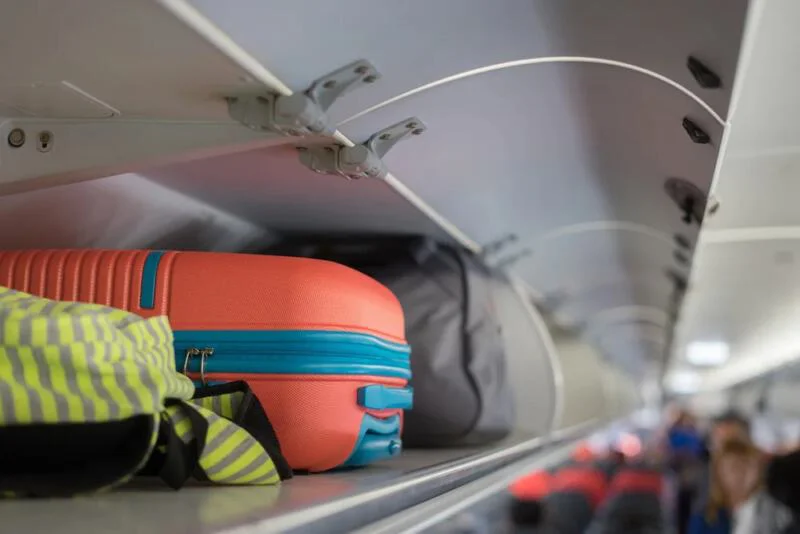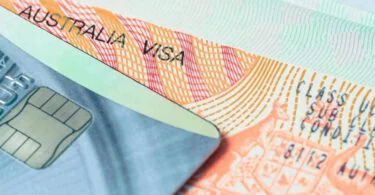Recently, European airports have re-launched stringent hand luggage laws because of temporary technical problems with new security scanners. This update brings back past restrictions on luggage and hand luggage size and weight cap adaptation.
This news was recently covered, sparking several dialogues online and filling inboxes with questions. To address these concerns, we have gathered all the essential information into an easy-to-read article for people intending to travel to the EU.
This article provides a clear and explicit summary of the modifications, contrasting the old and new laws. It responds to general questions, ensuring you can confidently and efficiently navigate these updates.
Table of Contents
Why The Laws Change
Recent developments in security technology, such as CT X-ray scanners, were anticipated to ease the strict 100-milliliter cap on liquids carried in hand luggage. Most EU airports have embraced these new scanners and adequately changed their liquid laws.
Hence, technical issues with the scanners have reinstated the old 100-milliliter cap to ensure steady security throughout EU airports.
This case reflects a similar action in the United Kingdom, where 100-milliliter caps were re-launched earlier this summer because of similar problems with new scanning tools.
Major Modifications To Hand Luggage Laws
More Strict Liquid Laws
Previous Laws:
- Caps: Liquids, aerosols, and gels must be at most 100 milliliters in containers.
- Packaging: Containers are required to fit into a single clear, sealed plastic bag, with a maximum size of 20 × 20 cm and a complete volume of 1 liter for each passenger.
New Laws:
- The 100-milliliter cap and packaging conditions are put back. Travelers are required to place all liquids into containers of 100 milliliters or less and package them in the stipulated transparent plastic bag.
- Exclusions: Airports using new CT scanners, such as Hamburg and London City, still authorize liquids in hand luggage as long as the 100-milliliter law is observed.
New Size And Weight Caps For Hand Luggage
Current Laws
Hand luggage size and weight caps differ by airline, which is usually confusing during stopovers. Several low-cost airlines do not permit an additional individual item, such as a handbag, resulting in extra charges for checked luggage.
If you enjoy this article, don't miss out on the valuable insights and information available in our other related posts:
- New Zealand Providing Specific Purpose Work Visa (SPWV) Jobs In 2025
- H-1B Visa Holders Advised To Return To The United States Before January 20
- Thailand Anthrax Alert: Instant Health Warning For Tourists
- Travel Warning: H-1B, F-1, And Green Card Holders Experience Visa Delays
- Sweden Reduces EU Blue Card Barriers To Entice Global Skill In 2025
Suggested Modifications
The European Union intends to standardize hand luggage laws, permitting one carry-along bag of up to 10 kg and one small individual item.
Execution Status
These modifications are still under discussion. Therefore, present airline-particular laws are in place.
Why These Changes Take Place
The re-launched caps deal with a technical problem with a new scanning technology. The EU verified that this standard is a precautionary stage, not feedback on new security risks. The aim is to ensure uniform security screening while technical problems are settled.
Effects On Travellers
With the reinstated 100-millilitre law, travelers must plan their liquid items accordingly. For instance, if you purchase large bottles of liquid after passing security, you cannot carry them in your handbag. Ensure that all your liquids meet the 100-milliliter conditions, or pack them in your checked bag.
In conclusion, travelers must be aware of the reinstated handbag laws in the European Union. Understanding these laws and planning your packing accordingly will help ensure a smoother travel experience despite the current changes. Always stay updated with the latest airport rules to navigate security without stress.





